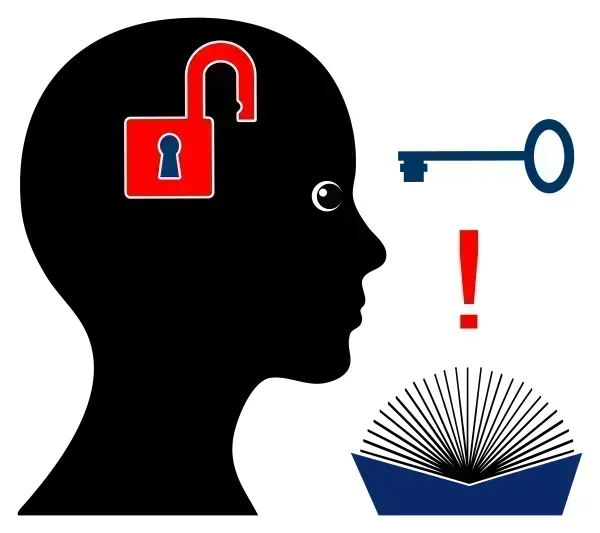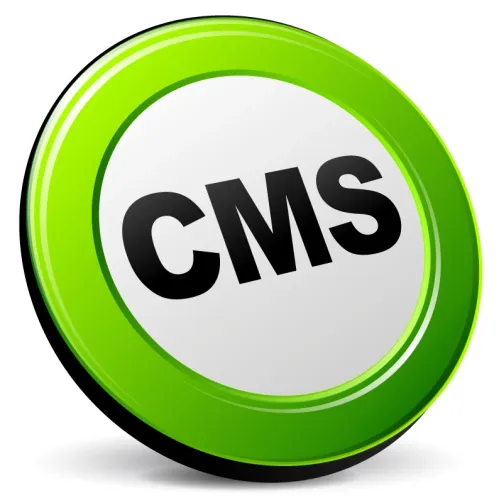Look for 3-Part E/M Guidelines in the Future

Summary details plan to bring more order to E/Ms. CPT® plans to split evaluation and management (E/M) services three ways in less than two years. The lowdown: According to the 2019 CPT® Editorial Summary of Panel Action, the restructuring, set to take place on January 1, 2021, will feature a new breakdown of E/M sections — designed to make coding more concise and clearer. Read on to check out the changes in detail, and to hear what our experts had to say about them. CPT® Reconfigures E/M Guidelines The Summary proposes the 2021 CPT® manual will restructure E/M guidelines thusly: We had experts weigh in on these changes, giving them each the floor to expand on their opinions. Here’s what we found out: Suzan Hauptman, MPM, CPC, CEMC, CEDC, director compliance audit at Cancer Treatment Centers of America “The more information the better. Having further descriptions around the logic of the code creation makes for more appropriate coding and better opportunities for education. Having a fresh approach within the CPT® book will also give a new opportunity to revisit templates within the EMR [electronic medical record] and help make them more compliant around the guidelines themselves.” Marcella Bucknam, CPC, CCS-P, COC, CCS, CPC-P, CPC-I, CCC, COBGC, revenue cycle analyst with Klickitat Valley Health in Goldendale, Washington “I think this will make coding easier, once people get used to the changes. “In any case, I think that the changes will help patient care, documenting more about the seriousness of the conditions and treatments and will help to fight note bloat since just blowing in a lot of unused or redundant data will not raise the level of service. Also, I expect that most providers will prefer to use time to determine the level of service, which does mean that providers need to think about how they will accurately keep time and know how much time in a day was actually spent on patient care. “In delineating the different E/M services this way, CPT® is making sure there is ‘no conflicting information between the different sets of guidelines.’ This means we should expect more specific guidelines that only apply to 99202 [Office or other outpatient visit for the evaluation and management of a new patient, which requires these 3 key components: An expanded problem focused history; An expanded problem focused examination; Straightforward medical decision making … ] through 99215 [Office or other outpatient visit for the evaluation and management of an established patient, which requires at least 2 of these 3 key components: A comprehensive history; A comprehensive examination; Medical decision making of high complexity … ], including definitions of MDM [medical decision making] terms and a revised MDM table.” Keep an Eye Out for Early Release Bucknam says that there might be a chance — albeit a slight one — that these changes could show up sooner. “Although these changes don’t go into effect until 2021, it would be wise for providers to begin moving to these rules right away and begin reworking their templates to help them document correctly,” she says. “Medicare had [originally] said that their proposed changes would be implemented in 2020 so … it’s not clear to me at this point whether Medicare will go ahead with their proposed changes for 2020 or if all of these changes will wait until 2021.” Coding caution: Also, remember that the preface to the Summary states, “Codes are not assigned, nor exact wording finalized, until just prior to publication.” Fortunately, even with the incomplete information provided by the Summary, and the slight possibility of earlier implementation, “there is plenty of time for users of the codes to get educated on the changes and how they will fundamentally alter the way office visit codes are defined and selected,” concludes Kent Moore, senior strategist for physician payment at the American Academy of Family Physicians. This means using the time to understand “how these codes would change the way you document the visit and how you would revise your electronic health record [EHR] to accommodate the options of using MDM [medical decision making] or time and decide which of the two methods will work best for an individual patient or your practice as a whole,” says Mary I. Falbo, MBA, CPC, CEO of Millennium Healthcare Consulting Inc. in Lansdale, Pennsylvania. Additionally, “it is important to note that these are CPT® changes, and any payer contracts involving Medicare or payers that follow Medicare guidelines may require calculation in another way. Moving forward, it might be a good idea for providers and staff to be informed of the upcoming changes to both CPT® and Medicare rules and then follow additional announcements from both the AMA and Medicare very closely,” Falbo advises. For the full CPT® Editorial Summary of Panel Action, go to www.ama-assn.org/system/files/2019-03/february-2019-summary-panel-actions_0.pdf.




